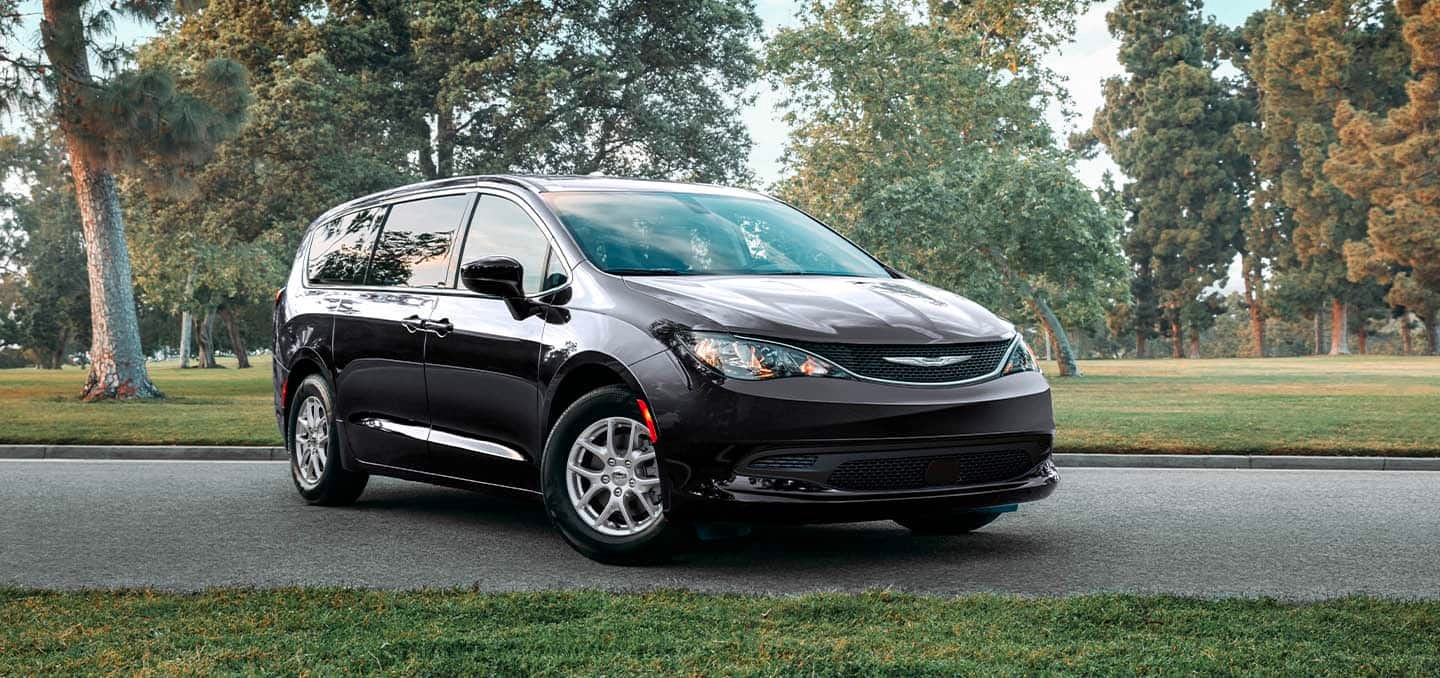The automotive world is full of surprises, where a vehicle’s reputation can hinge on much more than just its looks or brand name. Chrysler, a storied American automaker with a rich heritage, has delivered a wide range of vehicles over the decades, many of which feature engines that either quietly impressed or notoriously disappointed owners.
While some Chrysler engines from the 2000s have earned glowing reviews for their dependability and performance, others have developed reputations as ticking timebombs due to persistent reliability issues.
Understanding the difference between these powerplants is key not only for enthusiasts and collectors but also for everyday buyers navigating the used car market.
Chrysler’s vehicles of the 2000s reflect a time of transition and experimentation for the brand. From the resurgence of classic American V8 muscle in the Chrysler 300C to the more controversial Tigershark 2.4L inline-4, the company’s engine lineup reveals a fascinating juxtaposition of engineering successes and failures.
This era saw Chrysler incorporating modern technology and sometimes outsourcing key components to partners like Mercedes-Benz, while also dealing with the growing pains associated with evolving emission standards, fuel economy demands, and changing consumer expectations.
The appeal of Chrysler’s underrated engines lies in their ability to deliver a balanced combination of power, refinement, and reliability, often without the fanfare or media attention given to their flashier counterparts. These engines have powered vehicles that quietly won over drivers with smooth performance, longevity, and relatively low maintenance costs.
Whether it’s the muscular growl of the 5.7L HEMI in the Chrysler 300C or the refined Mercedes-derived 3.2L V6 in the Crossfire, these underrated engines showcase Chrysler’s potential to engineer powertrains that stand the test of time.
Conversely, some Chrysler engines from the same period have become cautionary tales. Known for issues such as premature wear, oil consumption, and mechanical failures, these “ticking timebombs” have significantly affected vehicle ownership experiences and resale values.
They underscore the importance of thorough research, proper maintenance, and sometimes a bit of luck in the used car market. Engines like the early 2.7L V6 and the initial iterations of the Tigershark 2.4L remind us that engineering innovation doesn’t always translate into reliability, and sometimes compromises in design or materials can lead to costly headaches for owners.
In this article, we dive deep into five Chrysler vehicles from the 2000s that feature engines widely regarded as underrated gems and five that have earned the reputation of ticking timebombs. By exploring the characteristics, common issues, and ownership experiences of these engines, readers will gain a clearer perspective on what to expect from Chrysler cars of this era.
Whether you’re a potential buyer, a fan of Chrysler’s engineering history, or simply curious about automotive reliability, understanding these contrasting engine legacies is crucial.
Ultimately, this exploration celebrates Chrysler’s engineering highs while honestly acknowledging the lows. It serves as both a guide and a reflection on the brand’s journey during a pivotal decade in automotive history.
Buckle up as we delve into the engines that helped define Chrysler’s 2000s lineup—some powering vehicles that aged gracefully, and others that serve as warnings for prospective owners.
Also Read: 5 SUV Dashboards That Never Rattle And 5 That Buzz After 10k Miles
5 Chrysler Vehicles with Underrated Engines
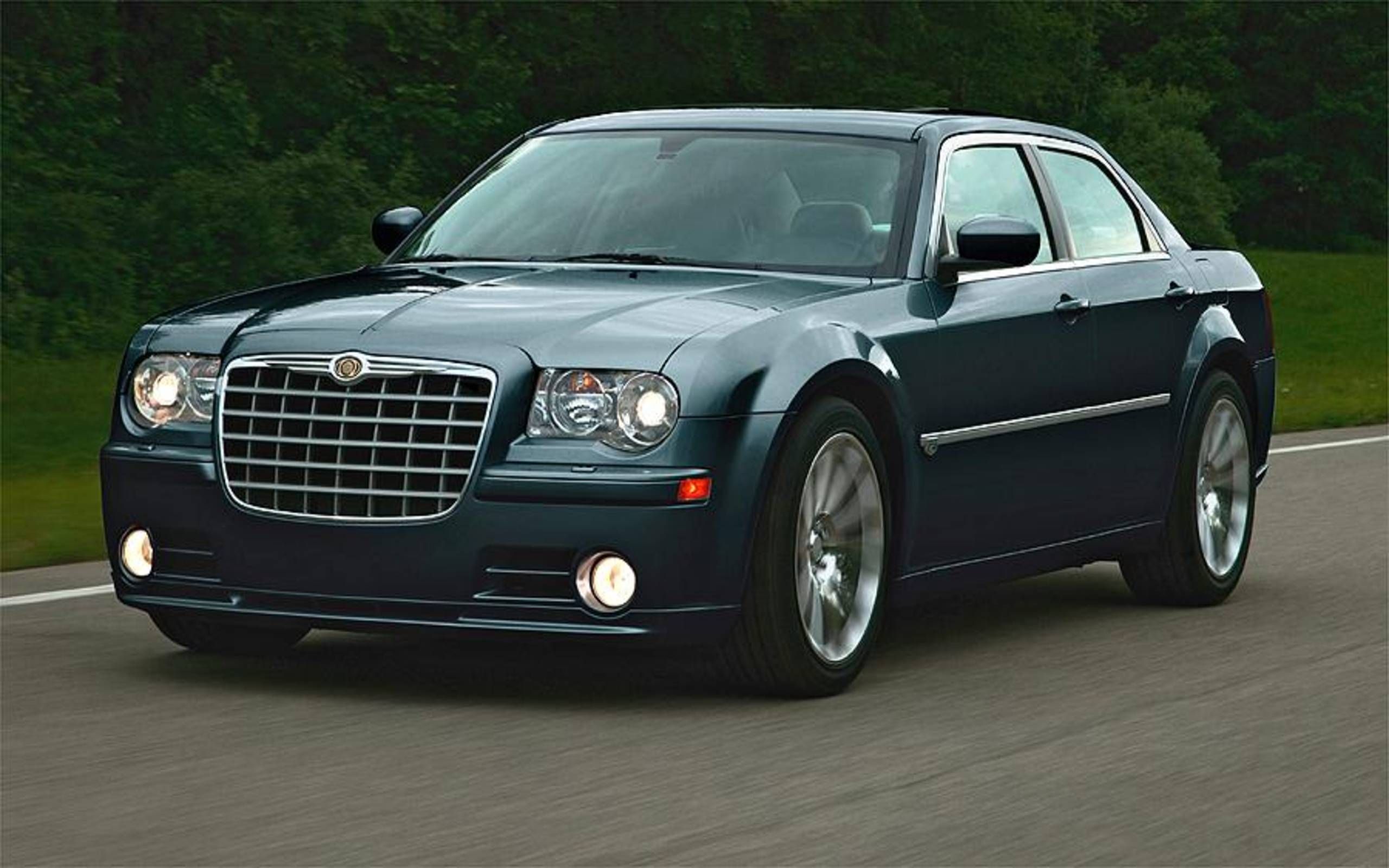
1. Chrysler 300C (2005–2010) – 5.7L HEMI V8
The Chrysler 300C introduced in 2005 was a game-changer for the brand, combining luxury sedan comfort with the heart of a muscle car, thanks in large part to its 5.7L HEMI V8 engine. This engine produced 340 horsepower and 390 lb-ft of torque—numbers that weren’t just competitive but outright impressive for a full-size sedan of its era.
The HEMI’s pushrod design, though traditional, was highly effective, delivering strong low-end torque and a signature growl that gave the 300C a commanding presence on the road.
What’s underrated about this engine is not only its power but how refined it was when paired with the 300’s suspension and chassis, offering an engaging yet comfortable driving experience that few competitors could match.
Reliability-wise, the 5.7L HEMI is often overshadowed by its bigger and newer siblings, but it has earned a solid reputation for durability. While it had a few quirks, such as the mild “HEMI tick” (a lifter noise), these issues rarely led to catastrophic failures.
The Multi-Displacement System (MDS), which allowed the engine to shut down four cylinders during light-load driving to save fuel, was advanced for its time and generally reliable if properly maintained.
Many 300Cs with this engine have logged well over 200,000 miles with minimal major repairs, which is a testament to the HEMI’s strong engineering. This engine truly bridged the gap between power and reliability in a way that was uncommon for American V8s during the 2000s.
Beyond performance and reliability, the 300C’s HEMI V8 gave the car a unique identity and helped revitalize Chrysler’s brand image. It was an engine that appealed to enthusiasts looking for muscle car thrills in a four-door luxury package, and it performed admirably in daily driving, towing, and highway cruising.
The 300C with the HEMI remains a sought-after choice for buyers who want classic American V8 power without sacrificing comfort or style. Its blend of performance, dependability, and character makes this engine one of Chrysler’s most underrated gems of the 2000s.
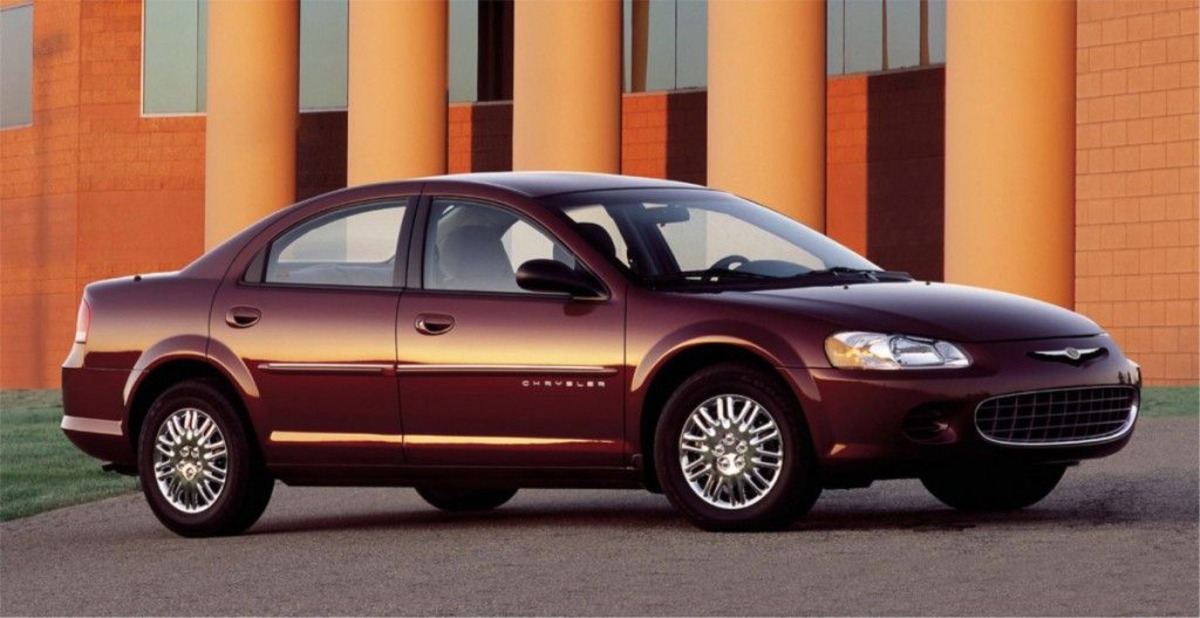
2. Chrysler Sebring (2001–2006) – 2.7L V6
While the early 2.7L V6 engine in the Chrysler Sebring is notorious for reliability issues, the improved versions found in the later part of the 2000s represent an underrated powerplant that deserves recognition.
By 2004 and onward, Chrysler engineers addressed many of the sludge and cooling problems that plagued earlier iterations, making the engine significantly more reliable.
Though it only produced around 200 horsepower, the 2.7L V6 was sufficient to provide a smooth and responsive driving experience for the midsize coupe and sedan variants of the Sebring. It was a refined, quiet engine that didn’t draw attention to itself but performed its duties capably.
The improvements in materials, manufacturing tolerances, and maintenance recommendations resulted in a more robust engine that could reliably handle daily commuting and longer trips without the catastrophic failures associated with earlier models.
Owners who maintained proper oil change intervals and cooling system upkeep found the engine to be dependable and relatively trouble-free.
While it lacked the outright power of competitors’ V6s, it struck a balance between fuel economy and performance that made the Sebring a practical choice for buyers looking for affordable, reliable transportation with a touch of Chrysler’s style.
Moreover, the Sebring’s 2.7L V6, especially in later years, provided respectable torque delivery and smooth acceleration, particularly in the coupe variant. It complemented the car’s suspension tuning and chassis dynamics well, resulting in a comfortable yet confident ride.
The engine’s ability to balance efficiency, refinement, and performance quietly earned it a loyal fan base among budget-conscious buyers who valued reliability over flashy specs. In retrospect, the late-model Sebring with the updated 2.7L engine is a hidden gem often overlooked due to its troubled early years.
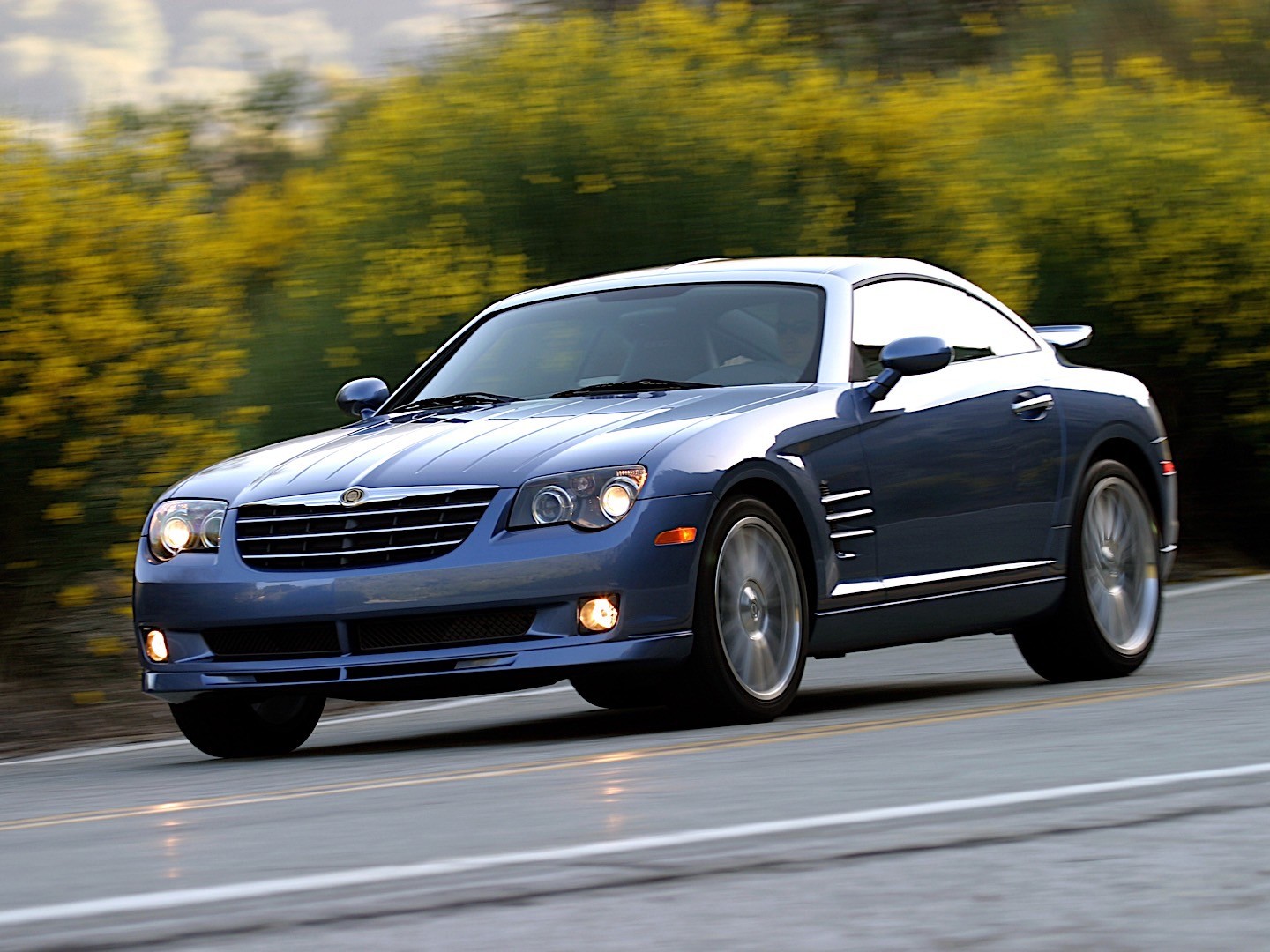
3. Chrysler Crossfire (2004–2008) – 3.2L V6
The Chrysler Crossfire was an ambitious sports coupe that flew under the radar in the 2000s, and its 3.2L V6 engine, sourced from Mercedes-Benz, is one of the most underrated aspects of the car.
Producing around 215 horsepower and 229 lb-ft of torque, this engine might not sound explosive on paper, but in the lightweight Crossfire chassis, it delivered a lively and responsive driving experience.
The powerplant’s smoothness, combined with a precise five-speed automatic or six-speed manual transmission, made the Crossfire a surprisingly refined and fun sports car alternative during its time. This engine benefited from German engineering standards, which ensured high build quality and performance consistency.
In terms of reliability, the 3.2L V6 proved to be durable and relatively trouble-free, especially compared to many domestic V6 engines of the same era. The Mercedes connection meant that the engine had sophisticated features like variable valve timing and a well-designed cooling system.
While some electrical gremlins and minor maintenance issues plagued the Crossfire as a whole, the engine itself was not usually the weak link. Its longevity was boosted by quality components, and owners who stayed on top of routine maintenance rarely reported major engine problems.
What makes this engine truly underrated is how it elevated the Crossfire beyond its “niche” status. While critics often dismissed the Crossfire’s styling or questioned its pricing, few recognized that its heart—the Mercedes-sourced 3.2L V6—offered a smooth, reliable, and engaging driving experience.
The engine helped create a car that combined exotic flair with everyday usability, making the Crossfire a cult classic today. Enthusiasts who appreciate the blend of Chrysler’s bold design and Mercedes engineering often celebrate this powerplant as an overlooked jewel.
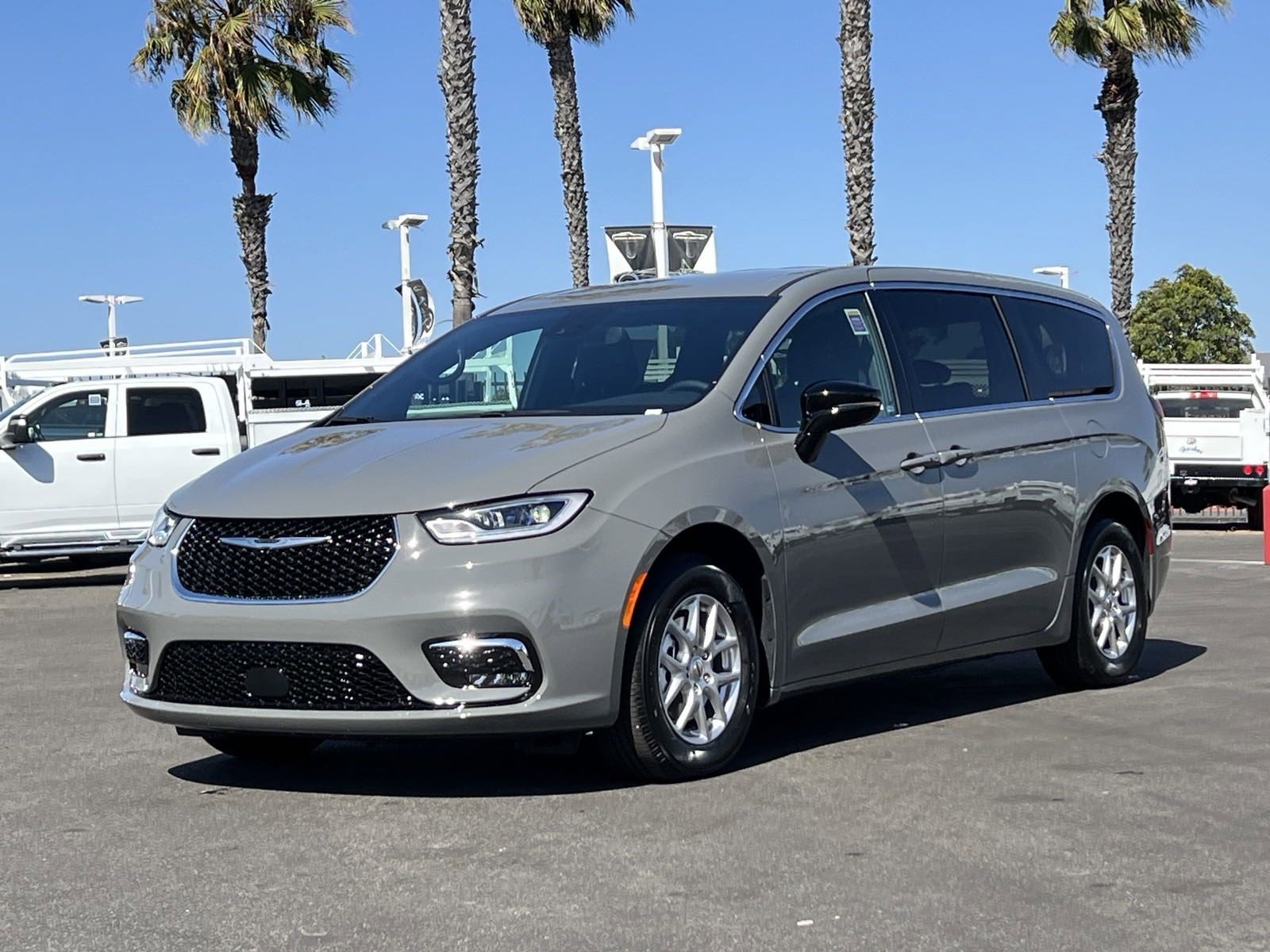
4. Chrysler Pacifica (2004–2008) – 3.5L V6
The first-generation Chrysler Pacifica minivan, produced between 2004 and 2008, featured the 3.5L SOHC V6 engine, which is often overshadowed by more powerful engines but deserves credit for its balance of performance and reliability.
Producing around 250 horsepower, the engine delivered smooth and adequate power for the large crossover’s size, making it capable of handling family hauls, road trips, and even towing light trailers.
Its SOHC design was simpler and easier to maintain than competing DOHC engines, and the engine had a reputation for long service life when routine maintenance was followed.
Many Pacifica owners found the 3.5L V6 to be a solid, workhorse engine that combined sufficient power with reasonable fuel economy, especially for a vehicle of its size.
The engine’s torque curve was friendly for daily driving, providing enough low-end grunt for stop-and-go traffic without feeling sluggish on highways.
Unlike some minivan engines that suffered from early wear or complicated repairs, the Pacifica’s 3.5L V6 benefitted from a straightforward design with durable components, making repairs and upkeep less expensive and more predictable.
While the Pacifica itself received mixed reviews, the 3.5L V6 engine quietly earned a reputation for dependability and smoothness. Its underrated nature comes from the fact that it was overshadowed by Chrysler’s later engine offerings and the Pacifica’s somewhat polarizing design.
However, many who owned these vehicles praised the engine’s reliability and drivability, which contributed to the Pacifica’s role as a practical and family-friendly crossover during its production run.

5. Chrysler PT Cruiser (2001–2010) – 2.4L Inline-4
The Chrysler PT Cruiser is often remembered for its retro styling and polarizing looks, but beneath the quirky exterior was an engine that flew under the radar for its balance of reliability and decent performance.
The 2.4L inline-4 engine, especially in the later models equipped with the Tigershark update, produced around 150 horsepower—modest, but enough to move the PT Cruiser adequately in urban and suburban environments. It was a simple, durable powerplant that benefited from straightforward engineering and relatively easy maintenance, which helped many owners enjoy worry-free motoring for years.
While early versions of the 2.4L engine had some issues, Chrysler’s continuous improvements over the decade significantly enhanced its reliability.
The engine featured good low-end torque, which was particularly useful in the PT Cruiser’s tall, wagon-like body. It also offered respectable fuel economy for its size and era, making the vehicle a practical choice for drivers looking for a unique, budget-friendly ride.
This engine’s underrated status comes from the fact that it powered a vehicle often mocked for styling, yet it proved itself as a solid and dependable power source beneath the surface.
Furthermore, the PT Cruiser’s 2.4L engine’s ease of repair and commonality with other Chrysler models helped keep ownership costs down. Its simplicity and reliability contributed to many PT Cruisers lasting well beyond the average lifespan expected from a compact car of the 2000s.
For enthusiasts and practical owners alike, the engine offered a reliable and sensible heart for a car that was often misunderstood but beloved by a loyal following.
5 Chrysler Engines with Reliability Concerns
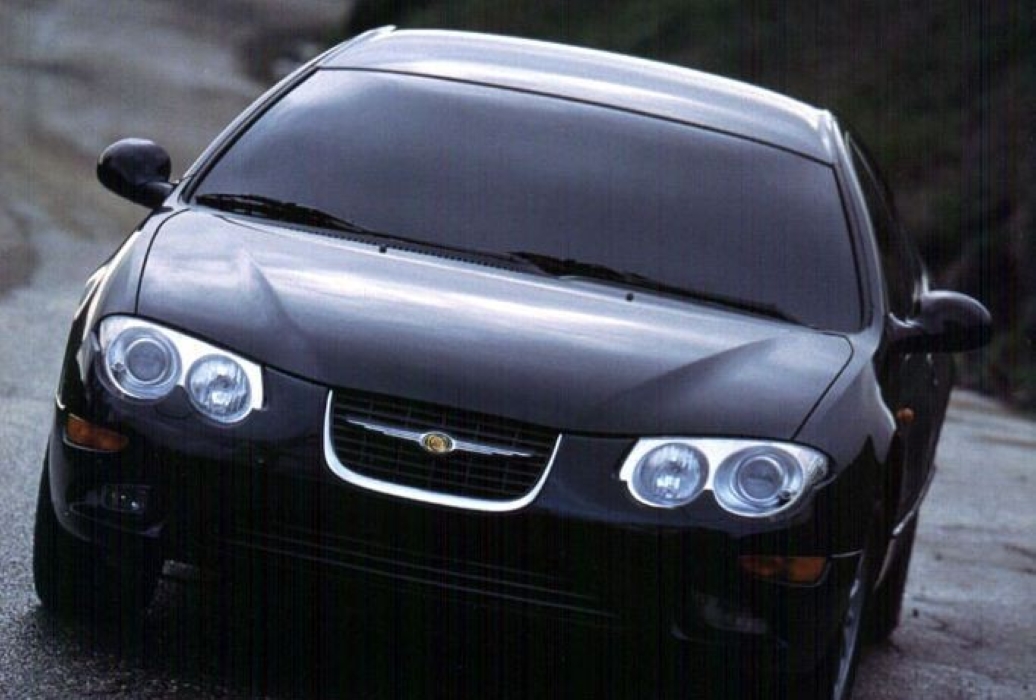
1. Chrysler 2.7L V6 (2000–2007)
The 2.7-liter V6 engine is perhaps one of Chrysler’s most infamous powerplants when it comes to reliability issues. Introduced in the late 1990s and used in a variety of models, including the Chrysler 300M, Dodge Intrepid, and early Dodge Chargers, the engine was designed to be a compact and efficient alternative to larger V6s.
However, it was plagued by an array of problems, chief among them being oil sludge buildup—a silent killer that could lead to catastrophic engine failure if not addressed early.
The engine’s design, which included tight oil passages and a cooling system that wasn’t always effective, contributed to this sludge problem. In many cases, owners who neglected regular oil changes or used subpar oil found their engines damaged prematurely.
Beyond sludge, the 2.7L V6 was prone to head gasket failures and cracked cylinder heads. These failures often resulted in coolant leaks, overheating, and eventually engine seizure. The aluminum heads were sensitive to overheating, and once the head gasket failed, the engine was at serious risk.
The timing chain tensioners also had a tendency to wear out, leading to rattling noises and, if ignored, possible timing chain failure. This chain of mechanical issues made the engine expensive to repair and, unfortunately, a liability for many owners.
It’s not uncommon to hear horror stories of engines failing well before 100,000 miles, causing many used car buyers to shy away from vehicles equipped with this motor.
Despite these problems, the 2.7L V6 still had some redeeming qualities, such as decent fuel economy and a relatively smooth idle. It powered lightweight sedans with reasonable performance but was simply not engineered for long-term durability.
Chrysler did eventually improve the engine’s components and recommended more frequent maintenance schedules, but the damage to its reputation had already been done.
This engine remains a cautionary tale for consumers and mechanics alike, underscoring the importance of preventive maintenance and the risks inherent in under-engineered powertrains.
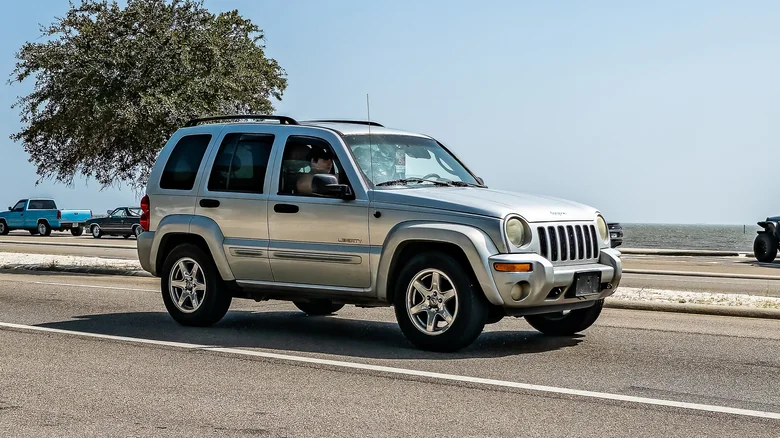
2. Chrysler 3.7L V6 (2002–2012)
The 3.7-liter V6 engine, found in models like the Jeep Liberty, Dodge Dakota, and some Chrysler minivans, had high hopes as a replacement for Chrysler’s aging V6 lineup. However, it quickly gained a reputation for a range of mechanical issues that often left owners frustrated.
One of the most prevalent problems was valve seat and lifter wear, which resulted in noticeable engine misfires, rough idling, and a significant drop in performance. Valve seat failure was especially problematic in higher mileage engines, and it was sometimes caused by the use of improper fuels or inadequate lubrication.
Compounding these issues, the 3.7L V6 could also suffer from oil leaks, particularly around the valve cover gaskets and the rear main seal. These leaks were not just nuisances but could lead to low oil levels and subsequent engine damage if not caught promptly.
Another common failure point was the intake manifold, which was made of plastic and prone to cracking or warping due to heat cycling. Such failures could cause coolant leaks, overheating, and poor engine performance.
The engine’s overall design was decent on paper, but Chrysler’s choice of materials and some overlooked engineering weak points diminished its reliability in real-world driving.
Owners often reported expensive repairs and an unsatisfying ownership experience with the 3.7L V6, especially on SUVs that were subjected to heavier workloads and towing duties. Its mixed track record makes it a less desirable option on the used market, particularly for those seeking a long-term vehicle.
That said, the 3.7L was not without loyal fans who appreciated its adequate power and smoothness compared to some competitors. However, prospective buyers are generally advised to thoroughly inspect any vehicle with this engine for early signs of the above-mentioned issues before purchase.
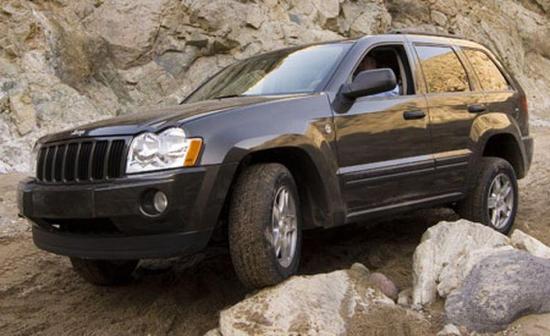
3. Chrysler 4.7L V8 (2002–2009)
The 4.7-liter V8 engine was positioned as a mid-level V8 option in many Dodge and Jeep models, including the Dodge Dakota, Durango, and Jeep Grand Cherokee. Despite its promising specs, the engine developed a reputation for some serious reliability concerns, most notably overheating and valve seat failures.
The overheating issues were often linked to cooling system failures, including water pump breakdowns and radiator clogging, but the engine’s design also contributed to hotspots within the cylinder heads that could accelerate component wear. These hotspots would eventually cause valve seats to loosen or crack, leading to misfires and poor engine performance.
Valve seat failure was a particular Achilles’ heel of the 4.7L engine. When valve seats degrade or break loose, the valves don’t seal properly, leading to loss of compression, increased emissions, and engine noise. This problem was often exacerbated by overheating episodes.
Additionally, the 4.7L V8 sometimes suffered from camshaft lobe wear, which would further deteriorate engine performance and potentially cause the engine to run rough or stall. Some owners found that repairs were costly and that replacing damaged heads or rebuilding the engine was often the only viable solution.
While the 4.7L V8 offered respectable power and towing capabilities, its mechanical shortcomings hurt its overall reputation. Owners who used these vehicles for heavy-duty tasks or neglected cooling system maintenance were particularly vulnerable to engine failure.
Chrysler attempted various fixes during production, but the damage to consumer confidence was significant. Today, many used vehicle buyers approach models with this engine with caution, and it’s often advised to check service records carefully for evidence of cooling system upkeep before buying.
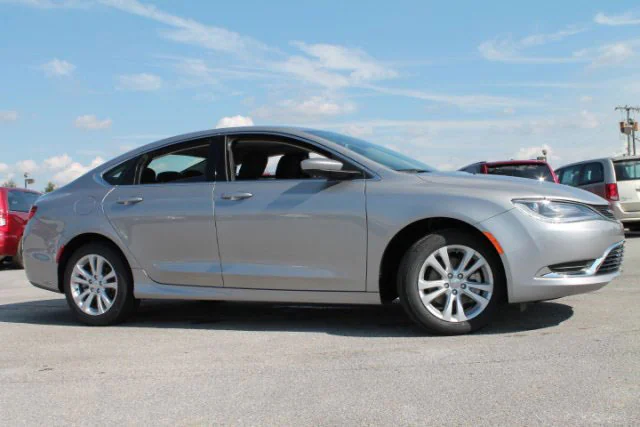
4. Chrysler 2.4L Tigershark Inline-4 (2013–2017)
The 2.4L Tigershark inline-4 engine was Chrysler’s attempt at creating a modern, efficient engine for its compact cars like the Dodge Dart and Jeep Cherokee. While it featured advanced technologies such as variable valve timing and an aluminum block, the engine quickly developed a reputation for oil consumption issues and piston ring failures.
Many owners reported that their engines would consume excessive oil between changes, leading to low oil levels and, in some cases, engine damage. Piston ring wear often resulted in decreased compression and poor performance, sometimes necessitating costly engine rebuilds or replacements.
One of the underlying causes of these problems was inadequate piston ring sealing and material choice that led to accelerated wear under normal driving conditions. This was further exacerbated by Chrysler’s recommended oil change intervals, which some owners found insufficient for the engine’s specific requirements.
Additionally, certain models experienced timing chain tensioner failures, leading to chain slack and noisy operation, which could progress to severe engine damage if ignored. Overall, the Tigershark engine’s problems were enough to deter many prospective buyers and have contributed to depreciation in used vehicle values.
Despite these concerns, the 2.4L Tigershark did deliver decent fuel economy and modest power output, making it an attractive choice for budget-conscious buyers who prioritized efficiency.
Chrysler issued several service bulletins and extended warranties to address some of the engine’s issues, but the damage to its reputation lingered. The Tigershark serves as an example of how modern engine designs, while technologically impressive, can suffer from durability problems if engineering or quality control is compromised.

5. Chrysler 3.6L Pentastar V6 (2011–2013)
The 3.6L Pentastar V6 is generally regarded as one of Chrysler’s most successful modern engines, praised for its power, efficiency, and smoothness. However, the early production models between 2011 and 2013 were not without their share of problems.
Owners reported issues such as cylinder head failures and premature rocker arm wear, which resulted in valve train noise, rough running, and, in some cases, engine damage requiring expensive repairs. These issues were severe enough that Chrysler extended warranties for many affected vehicles to cover repairs related to these defects.
The root causes of these problems were linked to the materials and manufacturing processes used in the early years of Pentastar’s production. Rocker arms, in particular, could develop cracks or excessive wear, causing valves to malfunction.
Cylinder head gasket failures and related coolant leaks further complicated matters, sometimes causing engine overheating and long-term damage.
Chrysler quickly moved to improve the design and introduced stronger components in subsequent production runs, which vastly improved reliability. Owners who purchased vehicles from later model years typically saw fewer problems.
Despite the early setbacks, the Pentastar V6 remains a cornerstone of Chrysler’s engine lineup and has since powered everything from minivans to performance cars with great success.
Its broad adoption and ongoing refinement have made it a dependable engine choice overall, but early buyers learned to be vigilant about maintenance and watch for early warning signs.
The Pentastar’s rocky start underscores how even well-designed engines can face growing pains in their initial production runs but still mature into reliable workhorses over time.
Also Read: Top 10 Vehicles With Storage Bins That Are Great for First Aid Kits
Examining Chrysler’s 2000s vehicles through the lens of their engines reveals a compelling story of contrasts—one of triumphs and trials that have shaped the brand’s reputation and legacy.
The five underrated Chrysler engines highlighted represent more than just mechanical components; they symbolize the automaker’s ability to produce powerplants that combine performance, reliability, and driver satisfaction, often underappreciated in their day.
From the thunderous yet dependable 5.7L HEMI V8 in the 300C to the refined Mercedes-sourced 3.2L V6 in the Crossfire, these engines demonstrate that Chrysler had the engineering prowess to deliver vehicles that stood the test of time, often quietly outperforming expectations.
These engines, while not always the flashiest or most celebrated, contributed significantly to Chrysler’s appeal in the 2000s. They powered cars that owners could depend on for daily driving, long road trips, and even spirited outings without the looming fear of catastrophic failure.
Their strengths lie in sound design choices, materials that stood up well to wear and tear, and the gradual refinement of problematic components over time. For many enthusiasts and everyday drivers alike, these underrated engines helped cement Chrysler’s place in the competitive automotive landscape of the early 21st century.
On the flip side, the ticking timebomb engines serve as sobering reminders of how even established manufacturers can stumble.
The early 2.7L V6, the initial Tigershark 2.4L inline-4, and other problematic powerplants highlight the challenges Chrysler faced in meeting evolving demands for performance, fuel economy, and emissions without sacrificing durability.
These engines often suffered from design flaws, material weaknesses, or insufficient testing, which translated to frequent failures, expensive repairs, and tarnished owner experiences.
Their legacies have caused many prospective buyers to approach Chrysler vehicles from this era with caution, emphasizing the importance of diligent maintenance and pre-purchase inspections.
This dichotomy also reflects broader trends in the automotive industry during the 2000s, a decade marked by rapid technological advancement and increasing regulatory pressures.
Chrysler’s successes and missteps provide valuable lessons for manufacturers and consumers alike about the balance between innovation and reliability. They underscore the necessity of engineering rigor, quality control, and responsiveness to owner feedback in crafting engines that can endure the rigors of daily use.
For current owners and enthusiasts, these insights offer guidance on what to cherish and what to watch out for in Chrysler vehicles from the 2000s. For potential buyers, understanding which engines to seek and which to avoid can be the difference between a rewarding ownership experience and a costly headache.
Ultimately, Chrysler’s engines from this era tell a story of ambition, ingenuity, and learning curves—a narrative that enriches the brand’s history and informs its future.
In conclusion, Chrysler’s 2000s engine lineup is a mosaic of engineering highs and lows that reflects both the promise and pitfalls of the brand’s efforts during a transformative decade.
By appreciating the underrated engines and recognizing the ticking time bombs, we gain a fuller, more nuanced understanding of Chrysler’s legacy and the enduring impact these engines have on drivers, collectors, and the automotive world at large.

